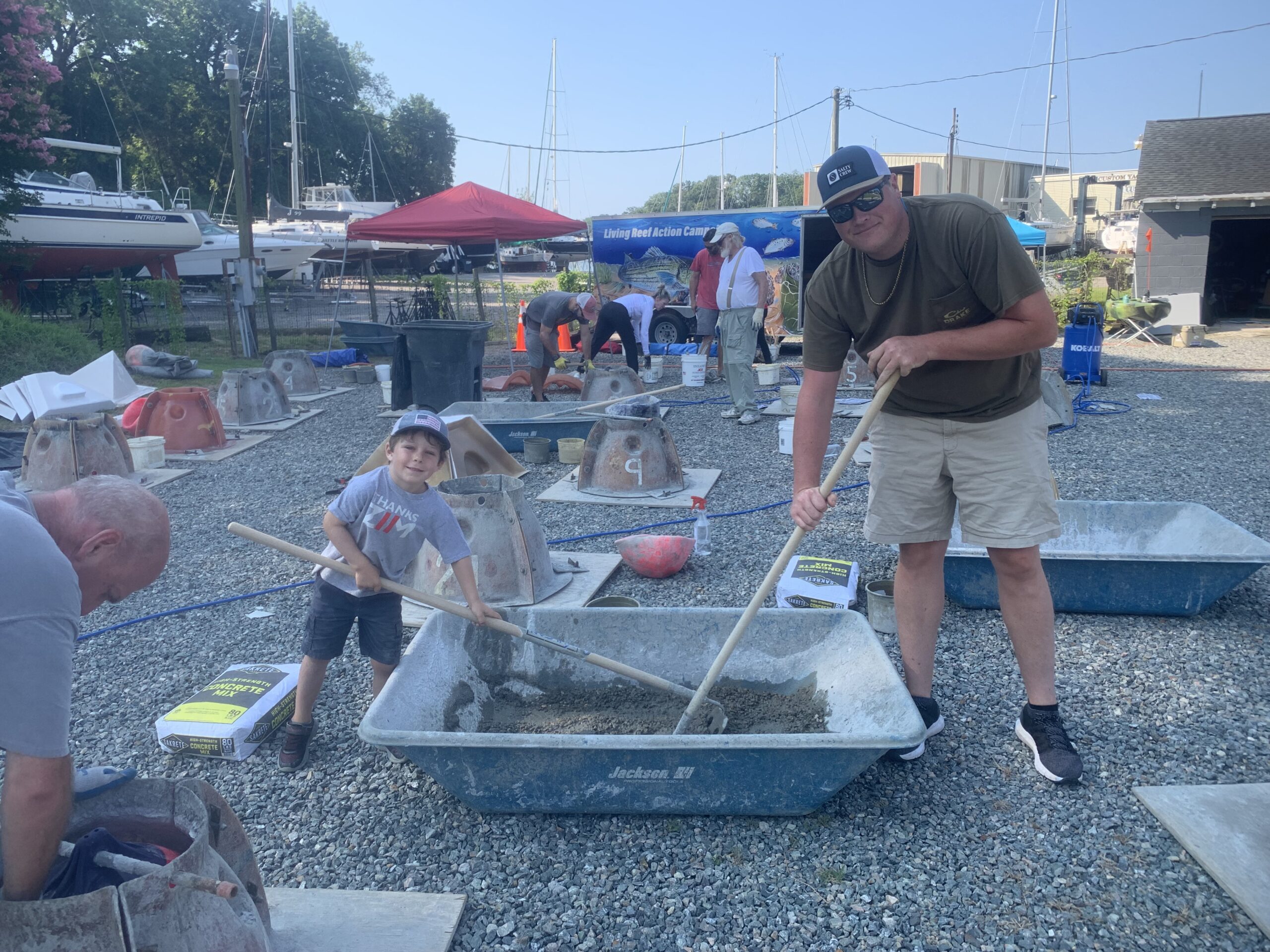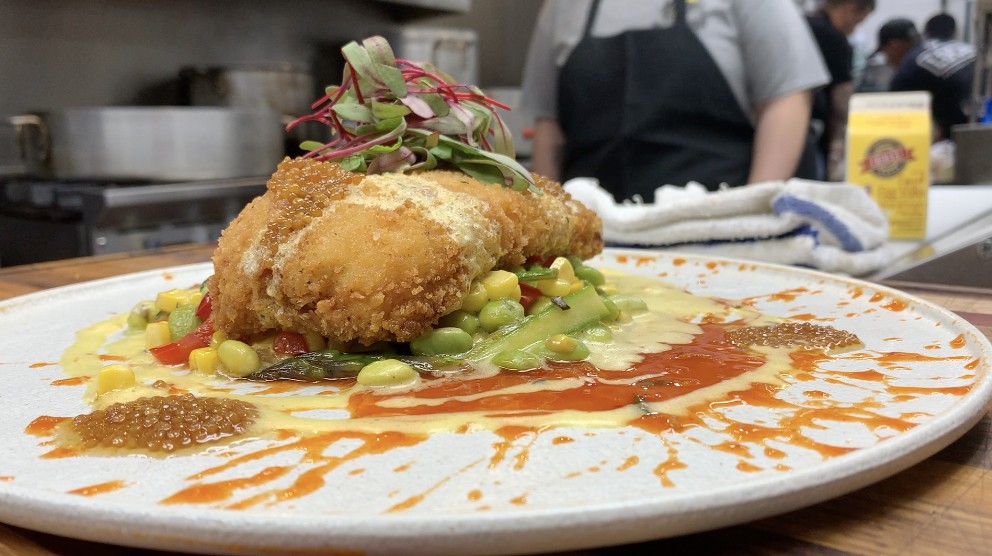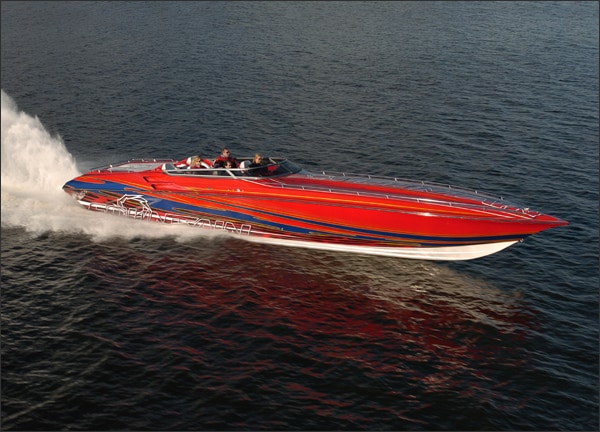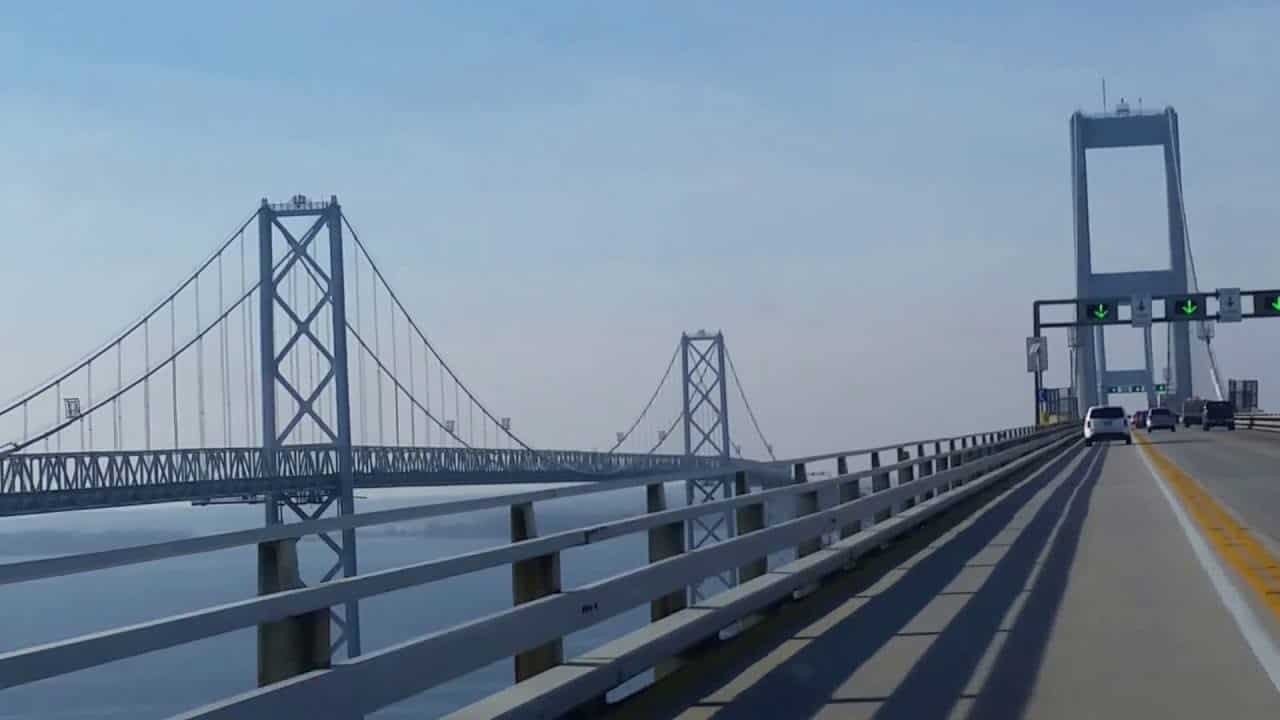It’s been a thriving program in Maryland: the Living Reef Action Campaign (LRAC), which combines oyster reef ball building with STEM lessons for students. Now, the Coastal Conservation Association (CCA) has brought the concept to Virginia’s Northern Neck.
Last week, the Coastal Conservation Association Virginia held a two-day reef ball construction event on the campus of a new tiny-house hotel, Refuel Irvington, and Northern Neck fishing brand Tackle Cove.
CCA, the Virginia Marine Resources Commission, and a dozen locals mixed and poured concrete into CCA’s reef ball molds on the first day, let the concrete set overnight, and “hatched” them the next day. These are low profile (“low-pro”) balls, each 1’6” high x 2’ wide and 175-200 lbs., with 17-square-foot surface area and eight to 12 holes (think of a small, concrete igloo).
A dozen locals joined Capt. Chris Dollar, CCA’s Conservation Consultant for the Chesapeake Bay, Dave Sikorski, Executive Director of CCA/Maryland, Jesse Howe, CCA/MD’s new Assistant Director, and James “Hunter” Smith, Artificial Reef Specialist for the Virginia Marine Resources Commission (VMRC). Together, they
Capt. Chris Dollar, CCA’s Conservation Consultant for the Chesapeake Bay, says this event was only the beginning.
“The initial plan,” Dollar told Bay Bulletin, “is to build up a stock of reef balls and then work with partners, including VMRC, to identify already-permitted and readily accessible VMRC artificial reefs in need of replenishment, e.g., the Northern Neck, Windmill Point, and Gwynns Island Reefs. When we have a stock of several dozen if not a hundred, we’ll rent a barge with a crane or excavator for placement.”
This approach builds on the highly successful LRAC program developed in the Upper Chesapeake over the past ten years by CCA Maryland.
“Like natural oyster reefs, artificial reefs support other filter feeders,” says CCA Virginia’s website, “including barnacles and hooked mussels that help clean Bay waters. Fabricated reefs also attract a wide variety of marine life, providing food, cover and habitat for hundreds of small and juvenile fish, crabs and shrimp. Similar to natural oyster bars and sea grass meadows, strategically placed artificial reefs can also help buffer coastlines from intense storm surge and wave action that accelerates habitat loss and erosion.”
“We’ve had a very positive reception from local fishing clubs,” Dollar says, “such as the Northern Neck Anglers’ Club and the Virginia Anglers’ Club. We’re in conversation with other fishing clubs, as well as schools. We’ll welcome to opportunity to work with any group.” (And, of course, participating volunteer anglers will have firsthand knowledge of where the reef balls they build will go—they’re sure to make good fishing holes.)
“The Living Reef reef ball build in Irvington is yet another exciting step forward in CCA’s commitment to expand our habitat work throughout the Chesapeake,” Dollar says. “Working with partners, we’re ramping up efforts to build more habitat in Virginia waters of Chesapeake Bay.”
-John Page Williams




